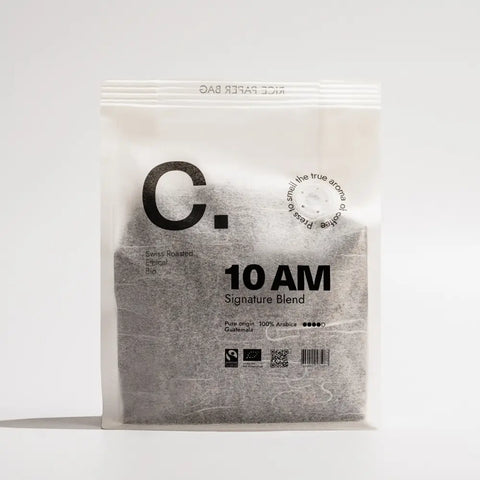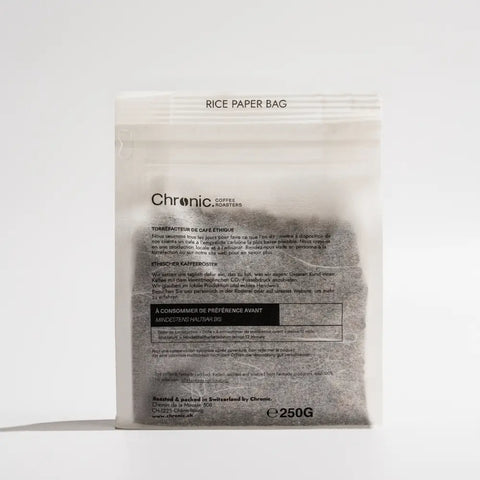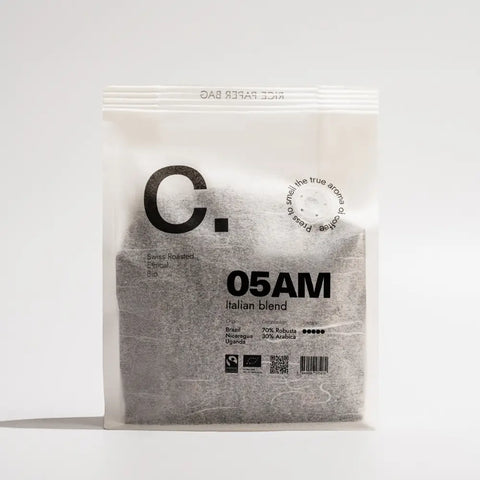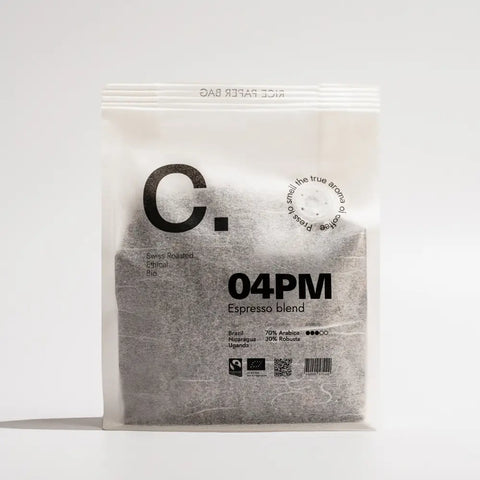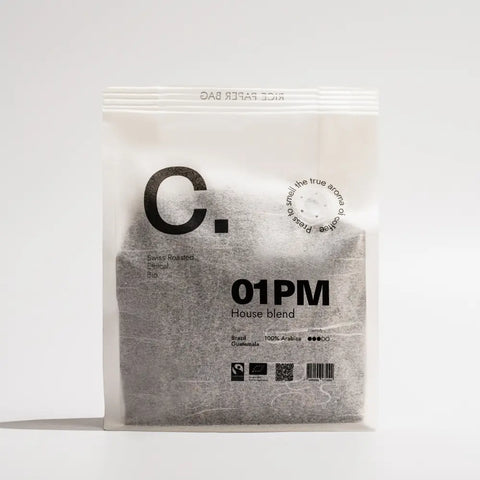Invented in 1933 by Alfonso Bialetti, the Moka pot – also known as the Italian coffee maker – quickly became a staple in Italian households. It offered an affordable alternative to expensive espresso machines, making it possible to brew rich, intense coffee easily and quickly at home.
With its clean Art Deco–inspired design, the Moka pot has been an iconic symbol of Italian coffee culture since the 1930s. It allows coffee lovers to prepare a full-bodied brew at home, with a taste close to espresso. It’s the ideal brewer for anyone who wants a stronger cup than filter coffee, without investing in an espresso machine.
What you’ll need
|
What we used for this guide
|
Moka pot coffee ratio tipWhatever the size of your coffee maker, a good rule of thumb is to follow a 1:15 coffee-to-water ratio. In other words, for every 1 g of coffee, use 15 g of water – roughly 3 tablespoons of coffee per cup of water. From there, feel free to experiment until you find the balance that suits your taste best. |
Preparation
Step 1: Grind your coffee
For 4 espresso cups, use 15–20 g of coffee depending on the size of your Moka. Grind it medium-fine – coarser than espresso, finer than filter, similar to table salt.

Step 2: Fill the bottom chamber with hot water
Pour boiling water up to just below the safety valve. This helps avoid a metallic taste and prevents premature extraction.

Step 3: Add the coffee
Fill the filter basket with ground coffee and level it off gently, without tamping, to avoid over-extraction.

Step 4: Assemble the Moka pot
Screw the top and bottom parts together firmly. Use a towel to protect your hand and make sure no grounds are caught in the seal to ensure it’s watertight.
Step 5: Brew over medium heat
Place the pot on the stove with the handle turned away from the heat. Keep the lid open. After 2 to 5 minutes, depending on the size, coffee will start to rise – when it turns honey-colored, reduce the heat.

Step 6: Stop the extraction
Remove the pot from the heat as soon as the coffee starts to foam or bubble. Close the lid.
Step 7: Pour and serve
Stir the coffee in the upper chamber to even out the flavors, then pour immediately. Serve black, as an Americano (with hot water), or as a latte/cappuccino (with hot or frothed milk).

Step 8: Cleaning
Once the pot has cooled, clean the inside with a soft sponge and clear water. Avoid using any detergents.
Things most people don’t know about the Moka pot
-
Renato Bialetti, the founder’s son, had his ashes placed inside a Moka Express used as an urn during his funeral in Italy — a touching and humorous tribute to this Italian coffee icon.
-
The Bialetti Moka pot is featured in the Museum of Modern Art (MoMA) in New York and at the Triennale in Milan – a true symbol of Italian design.
-
If you don’t have a grinder, you can use pre-ground coffee. Just make sure it’s slightly coarser than espresso grind.


